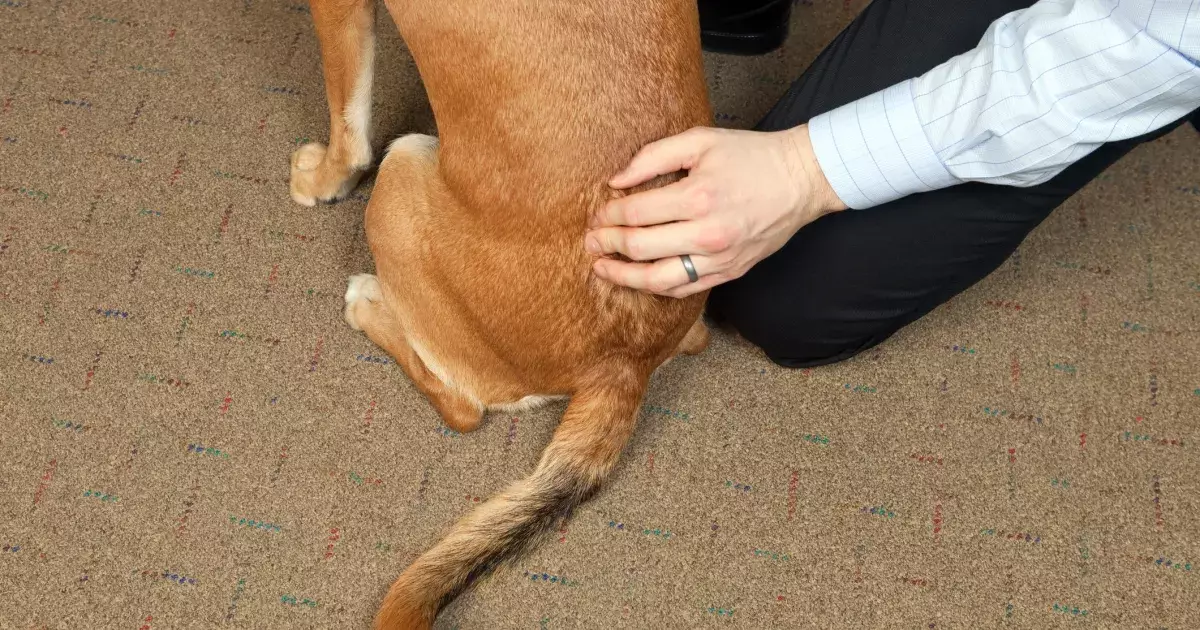As pet owners, ensuring a long, healthy life for our beloved dogs is paramount. While conventional veterinary care is essential to maintaining a dog’s well-being, it’s crucial to explore the additional benefits of alternative therapies, such as chiropractic care. This article will take a deep dive into the world of canine chiropractic treatments, highlighting the conditions it addresses, tips for selecting the right practitioner, what to anticipate during visits, and the potential risks involved.
The Benefits of Chiropractic Care for Dogs
Chiropractic care focuses on the alignment of the spine and musculoskeletal system. In dogs, this type of care can significantly enhance physical comfort and mobility, particularly for certain conditions. A common ailment that affects many aging dogs is arthritis. The pain associated with arthritis often limits a dog’s mobility, making daily activities, such as walking or playing, increasingly difficult. Chiropractic adjustments can play a critical role in alleviating joint pain, promoting improved movement, and improving the overall quality of life for these furry friends.
Moreover, canines may encounter issues like back and neck pain due to injuries or spinal problems. Chiropractic techniques can ease discomfort by correcting misalignments within the spine, thus facilitating a return to normal function. Additionally, dogs that partake in rigorous activities, whether they’re competitive athletes or working dogs, can greatly benefit from chiropractic adjustments. Regular sessions can optimize their physical performance and prevent injuries, allowing them to excel in their respective tasks.
Understanding Pet Insurance Coverage for Chiropractic Treatments
As more pet owners turn to alternative therapies, it is essential to understand how pet insurance covers these treatments. Coverage for chiropractic care can vary considerably based on the insurance provider and the specific policy. While some companies may offer comprehensive plans that include alternative therapies, others might impose limitations or exclusions. Therefore, it’s advisable to scrutinize your policy’s terms regarding chiropractic care.
If your dog might require chiropractic interventions, it’s worth having a conversation with your insurance company to fully understand coverage specifics, including pre-authorization requirements, waiting periods, and any caps on annual limits. For those without insurance, consider looking for a policy that explicitly covers alternative treatments, ensuring that your pup has access to complete care without financial obstacles.
Selecting a Qualified Canine Chiropractor
Choosing a qualified chiropractor for your dog is crucial to reaping the full benefits of treatment. Not all chiropractors are equally equipped, so identifying a professional with specific veterinary training is important. Opt for a practitioner who holds a veterinary license as this assures a foundational understanding of canine anatomy and health.
Moreover, consider the chiropractor’s additional credentials in animal chiropractic care. Organizations such as the American Veterinary Chiropractic Association (AVCA) and the International Veterinary Chiropractic Association (IVCA) provide certification programs that can be indicators of a qualified practitioner. Additionally, previous experience, especially in treating conditions akin to your dog’s, is a significant factor. Recommendations from your veterinarian or fellow pet owners can provide insights into trusted professionals.
A typical chiropractic appointment for your dog will begin with a comprehensive assessment of their health history and specific concerns. The chiropractor may conduct a physical examination and, in some cases, take diagnostic imaging such as X-rays to understand better the dog’s condition.
The actual chiropractic manipulation usually involves gentle adjustments to the spine and joints. Depending on your dog’s size and health issues, a chiropractor might use their hands or specialized instruments to perform these adjustments. It’s important to note that these sessions are not usually one-time treatments; many dogs will require follow-up adjustments based on their health status and ongoing needs. For some breeds predisposed to spinal issues, regular care may prove essential.
While chiropractic care for dogs can be beneficial, it is not without its risks. Most side effects tend to be mild and temporary, reminiscent of how a human might feel after a physical therapy session. These can include minor stiffness or soreness following an adjustment.
Dogs may also exhibit fatigue or lethargy as their bodies undergo a healing process after manipulation. This is generally normal, but dogs experiencing persistent discomfort should be monitored closely. In rare cases, pets may have a “healing crisis,” where their symptoms may temporarily worsen after treatment.
If your dog shows any unusual or prolonged reactions post-adjustment, it’s essential to consult with the chiropractor or your vet immediately. Keeping a close eye on your dog following their session will ensure their comfort and safety.
Chiropractic care for dogs can serve as a valuable complement to traditional veterinary medicine, particularly for addressing musculoskeletal concerns and encouraging overall wellness. By recognizing your dog’s specific needs, seeking out a qualified practitioner, and understanding both the benefits and potential risks involved, you can enhance your pet’s health and quality of life. Always consult with your veterinarian before incorporating alternative therapies to devise an appropriate and safe treatment plan for your furry companion.

